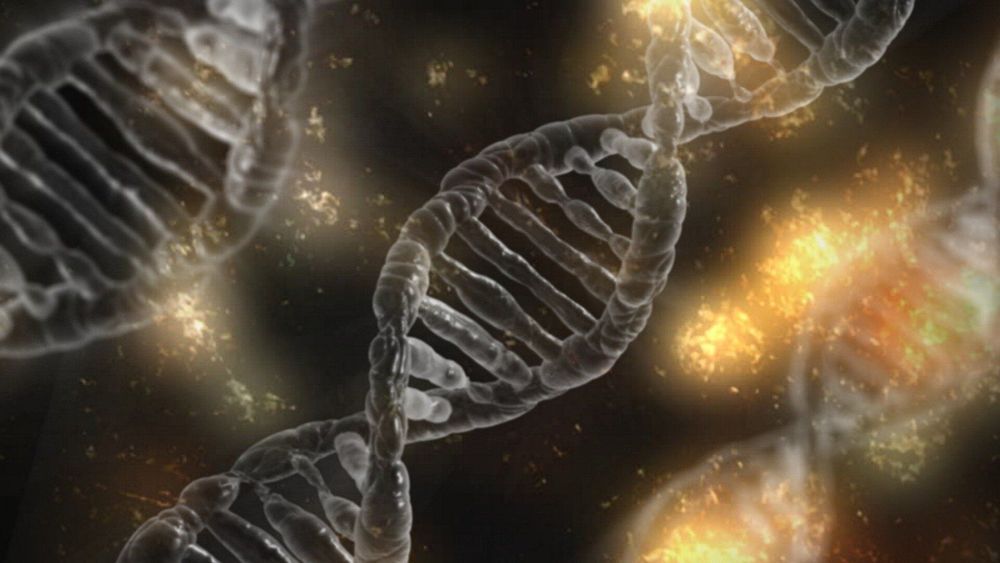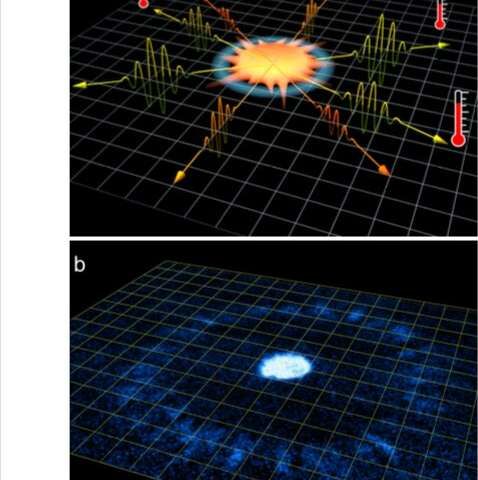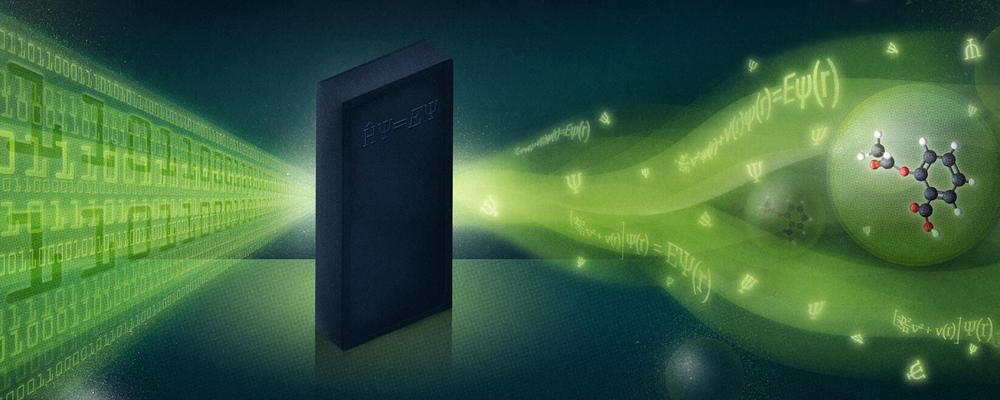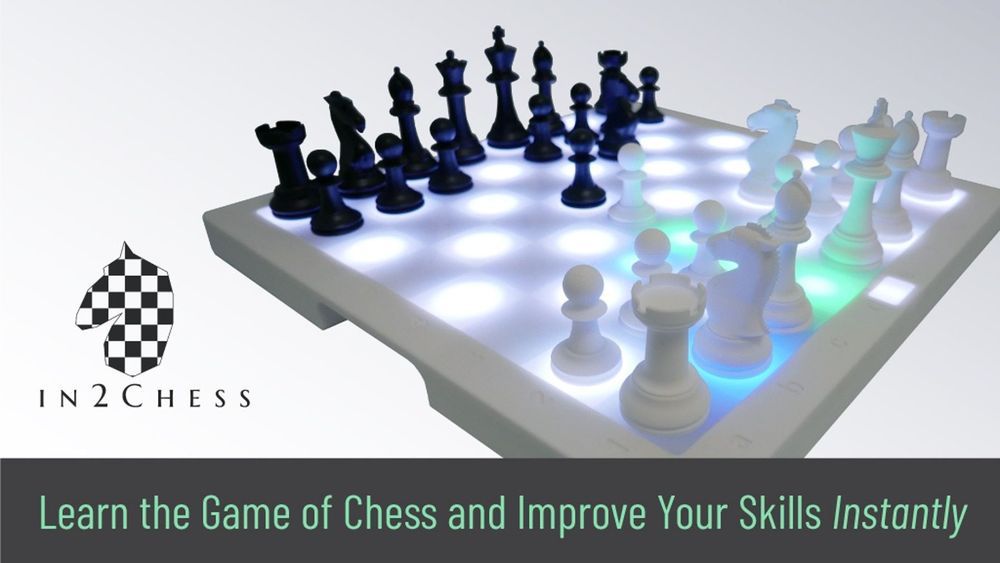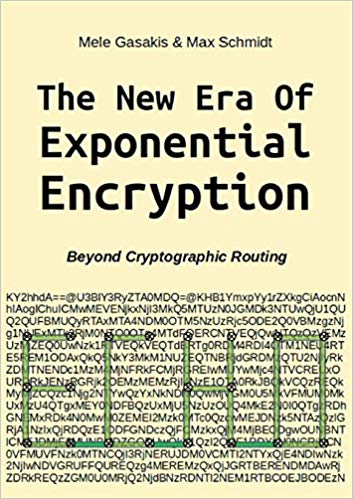Page 8728
Jun 7, 2019
CRISPR-associated transposons able to insert custom genes into DNA without cutting it
Posted by Quinn Sena in categories: bioengineering, biotech/medical, genetics, health
A team of researchers affiliated with the Broad Institute of MIT and Harvard, MIT and the National Institutes of Health has found that CRISPR-associated transposons can be used to insert custom genes into DNA without cutting it. In their paper published in the journal Science, the group describes their new gene-editing technique and how well it worked when tested in a bacterial genome.
The CRISPR gene editing technique has made headlines in recent years due to its potential for treating hereditary diseases. Unfortunately, despite much research surrounding the technique, it is still not a viable option for use on human patients. This is because the technique is error-prone—when snipping strands of DNA, CRISPR sometimes cuts off-target DNA as well, leading to unintended and unpredictable consequences (and sometimes cancerous tumors). In this new effort, the researchers have found a way to use CRISPR in conjunction with another protein to edit a strand of DNA without cutting it—they are calling it CRISPR-associated transposase (CAST).
Prior research has shown that certain pieces of DNA called transposons are, for unknown reasons, able to reposition themselves in a genome spontaneously—for this reason, they have come to be known as jumping genes. Not long after they were discovered, researchers noted that they might be used for gene editing. This is what the researchers did in the new study. They associated a transposon called Tn7 with the Cas12 enzyme used with CRISPR to edit a section of a bacterial genome. In practice, CRISPR led the Tn7 transposon to the target location in the genome—at that point, the transposon inserted itself into the genome without cutting it.
Jun 7, 2019
A quantum simulation of Unruh radiation
Posted by Quinn Sena in categories: cosmology, particle physics, quantum physics
Researchers at the University of Chicago (UChicago) have recently reported an experimental observation of a matter field with thermal fluctuations that is in accordance with Unruh’s radiation predictions. Their paper, published in Nature Physics, could open up new possibilities for research exploring the dynamics of quantum systems in a curved spacetime.
“Our team at UChicago has been investigating a new quantum phenomena called Bose fireworks that we discovered two years ago,” Cheng Chin, one of the researchers who carried out the study, told Phys.org. “Our paper reports its hidden connection to a gravitational phenomenon called Unruh radiation.”
The Unruh effect, or Unruh radiation, is closely connected to Hawking radiation. In 1974, theoretical physicist Stephen Hawking predicted that the strong gravitational force near black holes leads to the emission of a thermal radiation of particles, which resembles the heat wave emitted by an oven. This phenomenon remains speculative with no direct experimental confirmation.
Continue reading “A quantum simulation of Unruh radiation” »
Jun 7, 2019
There’s a Hidden Spacecraft Dump Deep in The Ocean — Here’s What’s Down There
Posted by Genevieve Klien in category: space travel
The most remote location on Earth has many names: It’s called Point Nemo (Latin for ‘no one’) and the Oceanic Pole of Inaccessibility. Most precisely, its exact coordinates are 48 degrees 52.6 minutes south latitude and 123 degrees 23.6 minutes west longitude.
The spot is about 2,250 km (1,400 miles) from any spot of land — and the perfect place to dump dead or dying spacecraft, which is why it’s home to what NASA calls its “spacecraft cemetery.”
“It’s in the Pacific Ocean and is pretty much the farthest place from any human civilisation you can find,” NASA said.
Continue reading “There’s a Hidden Spacecraft Dump Deep in The Ocean — Here’s What’s Down There” »
Jun 7, 2019
The age of Machine Intelligence is here: Are you ready?
Posted by Quinn Sena in categories: business, education, robotics/AI
Are you prepared for the Age of Machine Intelligence? That’s a time when machines anticipate consumers’ choices before they are made. That age is nearer than many people realize, according to author/futurist Mike Walsh, who said business leaders need to understand how the new reality impacts the decisions they make.
The National Automatic Merchandising Association show, held last week in Las Vegas, made an appropriate setting for Walsh’s message, given the number of exhibits and education sessions featuring artificial intelligence. While these new technologies impact many industries, the convenience services industry has experienced a significant boost in recent years thanks to AI, micro markets, cashless readers, digital signage, telemetry-based remote machine monitoring, smart sensor shelving, facial detection and voice technology.
Walsh, author of “The Dictionary of Dangerous Ideas” and CEO of Tomorrow, a consumer innovation research lab, challenged his listeners during his keynote presentation to think more creatively.
Continue reading “The age of Machine Intelligence is here: Are you ready?” »
Jun 7, 2019
Quantum chemistry on quantum computers
Posted by Quinn Sena in categories: chemistry, computing, particle physics, quantum physics
The special properties of quantum computers should make them ideal for accurately modelling chemical systems, Philip Ball discovers.
‘If you want to make a simulation of nature,’ the legendary physicist Richard Feynman advised in 1981, ‘you’d better make it quantum-mechanical.’ By ‘nature’, Feynman meant ‘stuff’: the particles and atoms and molecules we’re made from. His comment came in a talk published the following year, and is generally regarded as the founding text of quantum computing. It now looks even more prophetic than ever.
For although we are constantly told that the unique selling point of quantum computers is their enormous speed compared with the classical devices we currently use – a speed-up that exploits the counterintuitive laws of quantum mechanics – it seems that the most immediate benefit will be the one Feynman identified in the first place: we’ll be able to simulate nature better.
Jun 7, 2019
In2Chess — The chess board of the future
Posted by Quinn Sena in categories: futurism, innovation
A radical new innovation helping you to learn and excel in chess quickly with real time learning and progression.
Jun 7, 2019
How old are your organs? To scientists’ surprise, organs are a mix of young and old cells
Posted by Paul Battista in categories: biotech/medical, life extension, neuroscience

LA JOLLA—(June 6, 2019) Scientists once thought that neurons, or possibly heart cells, were the oldest cells in the body. Now, Salk Institute researchers have discovered that the mouse brain, liver and pancreas contain populations of cells and proteins with extremely long lifespans—some as old as neurons. The findings, demonstrating “age mosaicism,” were published in Cell Metabolism on June 6, 2019. The team’s methods could be applied to nearly any tissue in the body to provide valuable information about lifelong function of non-dividing cells and how cells lose control over the quality and integrity of proteins and important cell structures during aging.
Jun 7, 2019
The New Era of Exponential Encryption
Posted by Quinn Sena in categories: encryption, information science
In their book “Era of Exponential Encryption — Beyond Cryptographic Routing” the authors provide a vision that can demonstrate an increasing multiplication of options for encryption and decryption processes: Similar to a grain of rice that doubles exponentially in every field of a chessboard, more and more newer concepts and programming in the area of cryptography increase these manifolds: both, encryption and decryption, require more session-related and multiple keys, so that numerous options even exist for configuring hybrid encryption: with different keys and algorithms, symmetric and asymmetrical methods, or even modern multiple encryption, with that ciphertext is converted again and again to ciphertext. It will be analyzed how a handful of newer applications like e.g. Spot-On and GoldBug E-Mail Client & Crypto Chat Messenger and other open source software programming implement these encryption mechanisms. Renewing a key several times — within the dedicated session with “cryptographic calling” — has forwarded the term of “perfect forward secrecy” to “instant perfect forward secrecy” (IPFS). But even more: if in advance a bunch of keys is sent, a decoding of a message has to consider not only one present session key, but over dozens of keys are sent — prior before the message arrives. The new paradigm of IPFS has already turned into the newer concept of these Fiasco Keys are keys, which provide over a dozen possible ephemeral keys within one session and define Fiasco Forwarding, the approach which complements and follows IPFS. And further: by adding routing- and graph-theory to the encryption process, which is a constant part of the so called Echo Protocol, an encrypted packet might take different graphs and routes within the network. This shifts the current status to a new age: The Era of Exponential Encryption, so the vision and description of the authors. If routing does not require destination information but is replaced by cryptographic in.

